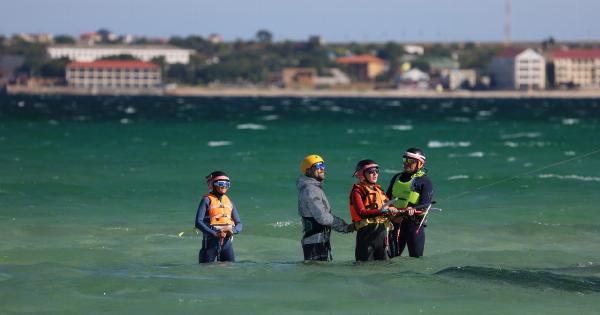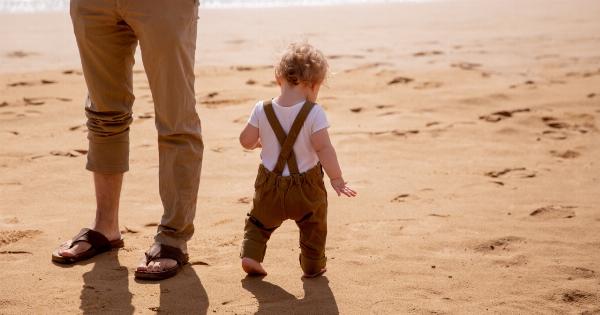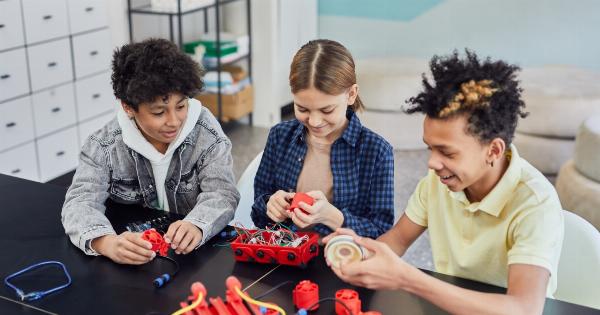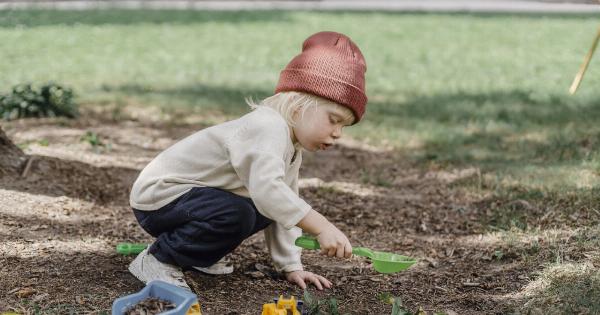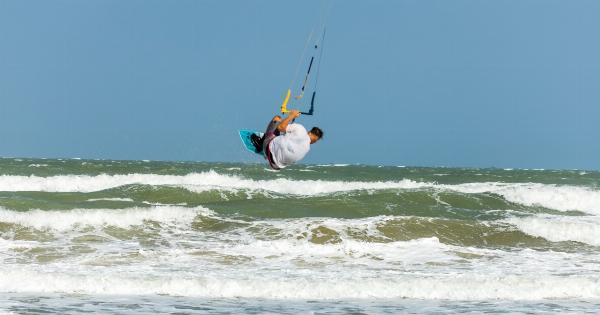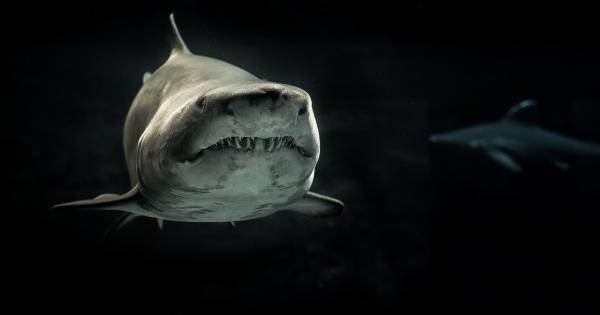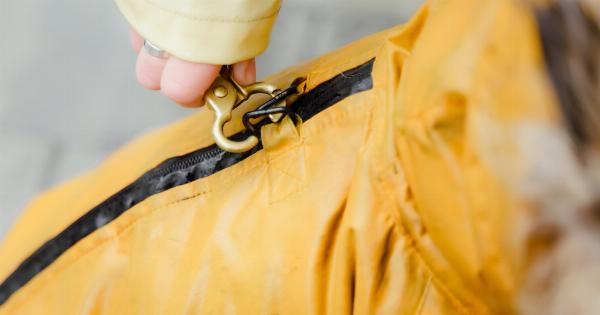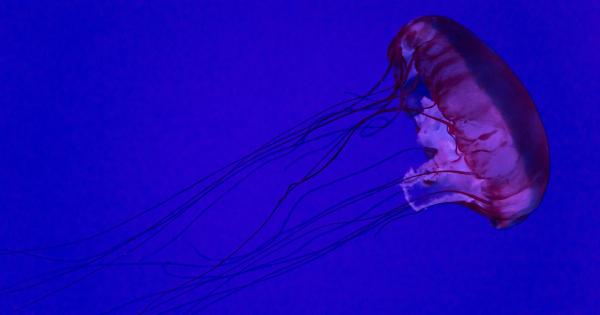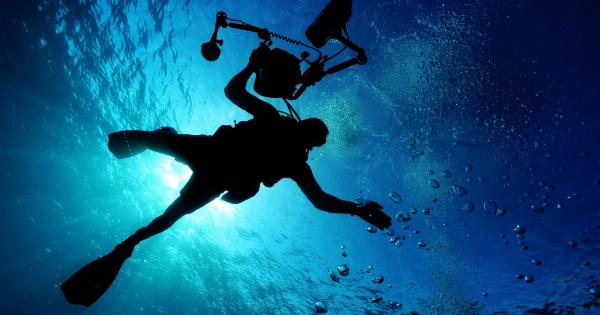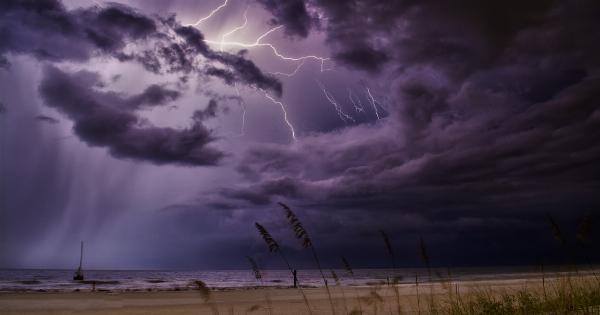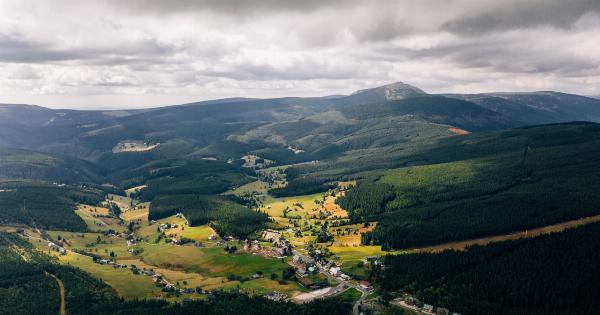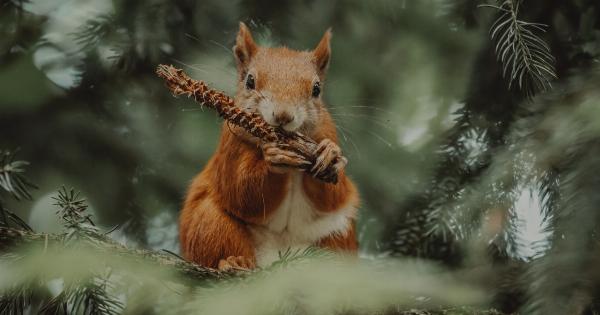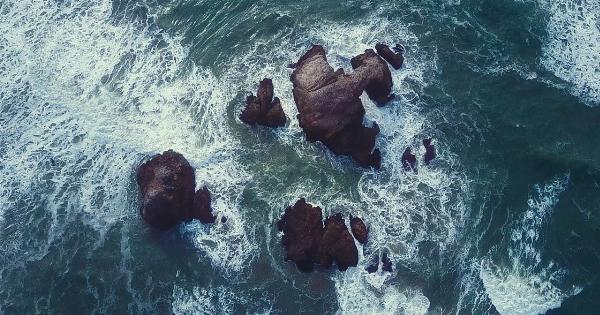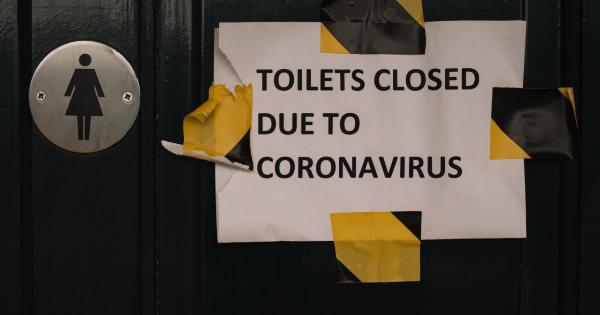Introducing children to the wonders of the natural world is a valuable educational opportunity.
One exciting area to explore with kids is shellfish studies, which can offer a wealth of knowledge about marine life, ecosystems, and the importance of environmental conservation. In this article, we will provide parents and teachers with tips and ideas for engaging children in shellfish studies.
Why Teach Kids about Shellfish?
Shellfish, which include various species of mollusks and crustaceans, play a vital role in marine ecosystems.
Learning about shellfish can help children understand the interconnectedness of life and how each species contributes to the overall balance of an ecosystem. Moreover, studying shellfish can develop children’s scientific inquiry skills, critical thinking abilities, and a sense of environmental stewardship.
1. Visit a Local Shellfish Hatchery
A fantastic way to introduce kids to the world of shellfish is by visiting a local shellfish hatchery. Hatcheries are facilities where shellfish are bred and raised for conservation purposes or aquaculture.
They often offer educational programs, tours, and hands-on activities for children. By visiting a hatchery, kids can learn about the life cycle of shellfish, their ecological role, and the efforts made to protect and restore their populations.
2. Explore Books and Resources
Books are excellent tools for introducing children to shellfish studies. Look for age-appropriate books or field guides that feature detailed illustrations and descriptions of different shellfish species.
You can also explore online resources such as websites and videos that provide information about shellfish habitats, behavior, and conservation efforts. Encourage children to discuss what they learn and ask questions about the topics that fascinate them.
3. Engage in Shellfish Dissections
Dissections can be both educational and captivating for kids. Explore the anatomy of shellfish by conducting dissections at home or in a classroom setting.
Start with simpler species like clams or mussels and guide children through the process step by step. Discuss the functions of various body parts and highlight how they adapt to their environment. Utilize safety precautions and ensure ethical sourcing of specimens to create a responsible and educational experience.
4. Create a Shellfish Field Guide
Encourage children to observe, sketch, and document different types of shellfish in their natural habitats. Provide them with blank notebooks or journals to create their own shellfish field guide.
The guide can include detailed drawings, descriptions, and interesting facts about each species they encounter. This activity promotes careful observation skills, research abilities, and a deeper appreciation for the variety and beauty of shellfish.
5. Plan a Beach Exploration Trip
A beach exploration trip is a fantastic way to engage children in hands-on learning about shellfish. Accompany them to local beaches or tidal pools where they can search for shells, crabs, and other interesting creatures.
Encourage careful handling and respect for their habitats. Discuss the different types of shellfish they encounter, their unique characteristics, and how they contribute to the local ecosystem.
6. Conduct Water Quality Tests
Water quality is essential for the survival of shellfish and other aquatic organisms. Demonstrate the importance of clean water by conducting simple water quality tests with children.
Explain the significance of factors like pH, temperature, dissolved oxygen, and pollution. You can collect samples from a nearby stream, river, or even an aquarium. This activity not only teaches children about the requirements of shellfish but also raises awareness about environmental issues.
7. Organize a Shellfish Cooking Workshop
Introduce children to the culinary aspect of shellfish by organizing a cooking workshop. Teach them about different shellfish recipes, cooking techniques, and the nutritional benefits of including shellfish in our diet.
You can prepare simple dishes together, such as steamed mussels or fried clams, while discussing the various flavors and textures of different types of shellfish. This activity encourages exploration of new tastes and fosters an understanding of sustainable seafood consumption.
8. Collaborate with Local Researchers
Reach out to local marine biologists, environmental scientists, or researchers who specialize in shellfish studies. Invite them to speak to children about their work and the importance of shellfish conservation.
They can share fascinating stories, insights into their fieldwork, and answer questions kids may have. This interaction with real-life scientists can inspire children to pursue their own interests in marine biology or related fields.
9. Create Shellfish Art and Crafts
Engage children’s creativity by incorporating shellfish into art and craft projects. Provide them with shells, seaweed, and other natural materials to create beautiful masterpieces.
Encourage them to design shellfish-inspired jewelry, paint pictures, or make collages using different textures and colors. This artistic expression allows children to develop their aesthetic senses, fine motor skills, and an appreciation for the artistic beauty found in nature.
10. Support a Shellfish Conservation Project
Teach children about the significance of conservation efforts and instill a sense of responsibility towards the environment.
Research ongoing shellfish conservation projects in your area or globally and discuss how these initiatives help protect vulnerable species. Encourage kids to get involved by participating in local clean-up activities, volunteering their time, or fundraising for shellfish conservation organizations.
This hands-on approach helps children understand their capacity to make a positive impact on the natural world around them.
Conclusion
Diving into shellfish studies with kids is an exciting and educational experience.
By following these tips and engaging in various activities, parents and teachers can inspire children’s curiosity about marine life, foster a deeper understanding of ecosystems, and encourage a sense of responsibility towards environmental conservation. Let’s embark on this remarkable journey together and create a generation of young advocates for our oceans and its incredible inhabitants.

